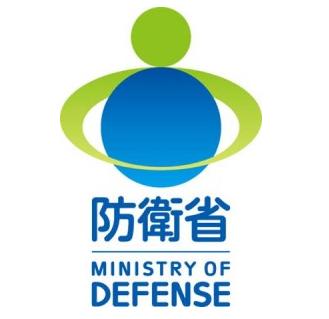U.S. resumes controversial Osprey aircraft refueling drills in Japan
January 7, 2017
TOKYO- The U.S. forces in Japan on Friday resumed aerial refueling drills for Osprey aircraft stationed in Okinawa Prefecture, a Japanese government source said, amid local protests over the move that came less than a month after the crash-landing of one of the tilt-rotor aircraft in nearby waters. The U.S. military is still investigating the details of the Dec. 13 accident that occurred during a nighttime refueling drill, but it has taken enough steps to prevent a recurrence, the Japanese Defense Ministry said Thursday when it announced the U.S. plan to resume th exercises from Friday. The accident has reignited safety concerns especially among the people of Okinawa which hosts the bulk of U.S. military facilities in Japan. Ospreys have been unpopular among the people of Okinawa due to their noise and record of accidents overseas. More than 20 MV-22 Ospreys, which take off and land like helicopters but cruise like planes, belong to U.S. Marine Corps Air Station Futenma in the southern island prefecture. Okinawa Gov. Takeshi Onaga has stepped up criticism against the central government over its handling of the issue, telling reporters Thursday that Tokyo has "prioritized the demand of the U.S. military" over local concerns. "I feel strong resentment (toward the central government)," he said. The U.S. forces had notified the Japanese government by the end of December that it wanted to resume the refueling exercises in early January at the earliest. In the Dec. 13 accident, the Osprey's propeller was damaged after cutting a hose extended from an Air Force MC-130 refueling plane, in the air. The Osprey, having become unable to fly stably, crash-landed in shallow waters off the coast of Nago, about 800 meters from a hamlet, and broke apart with two of the five crew members injured. The U.S. military grounded its entire fleet of MV-22 aircraft in Okinawa after the accident. But it resumed flights in less than a week, saying the accident was not caused by any problem with the aircraft itself, a move which also angered the people of Okinawa. The United States has pointed to human error, turbulence and the complex process of nighttime air refueling as possible causes of the accident, according to the Japanese Defense Ministry. The midair refueling training will continue to only be conducted in areas away from land, it said. (Kyodo News)
Latest Videos
- THE UNTOLD STORY EXPERT INSIGHTS INTO THE UKRAINE
- NEGOTIATING A NEW ORDER US RUSSIA TALKS ON UKRAIN
- Ukraine: A Pawn in the Geopolitical Game? Will Trump Intervene?
- US VP VANCE CRITICIZES EUROPEAN DEMOCRACIES AT MUNICH SECURITY CONFERENCE
- UNCOVERING THE WEB OF DECEIT: CIA INFILTRATION OF THE MEDIA
- SHIFTING SANDS: TULSI GABBARD’S CONFIRMATION AND THE EVOLVING GLOBAL LANDSCAPE
- FAUCI SCANDAL: A THREAT TO GLOBAL HEALTH AND DEMOCRACY






